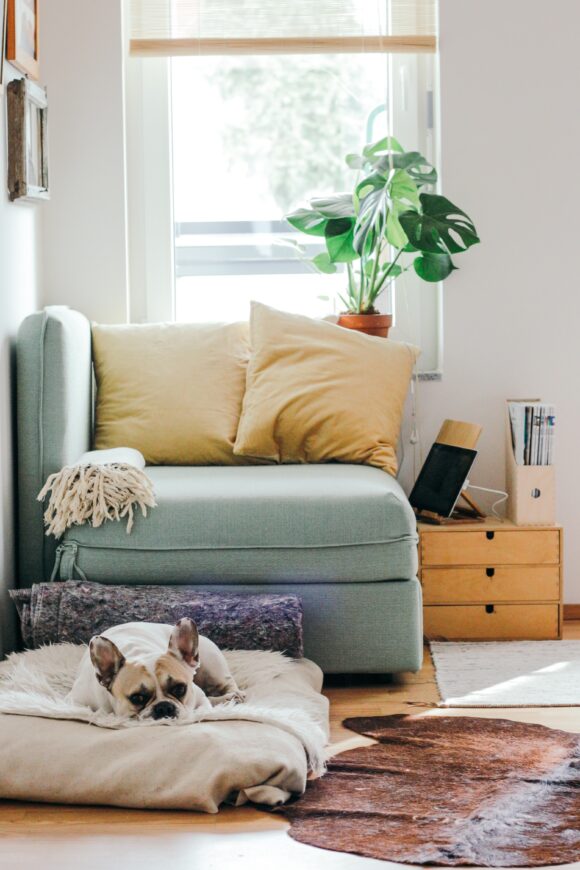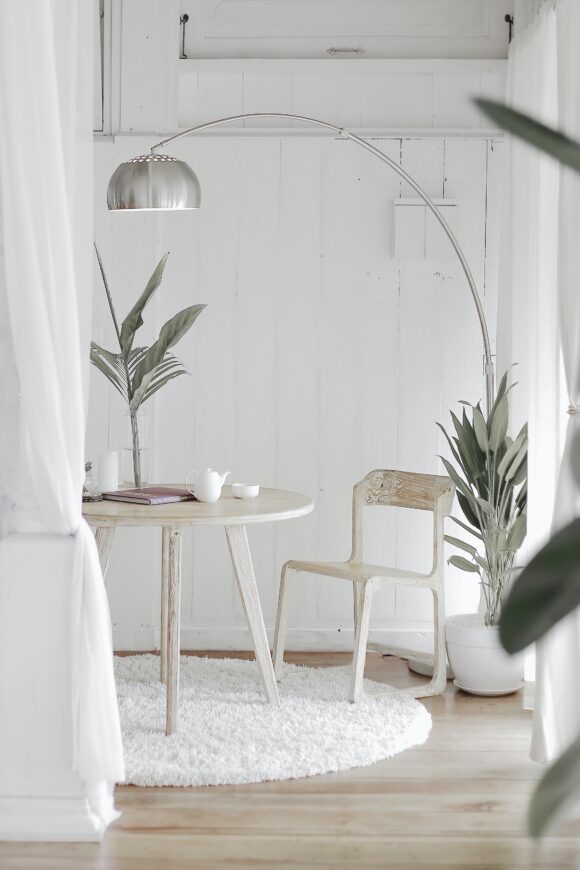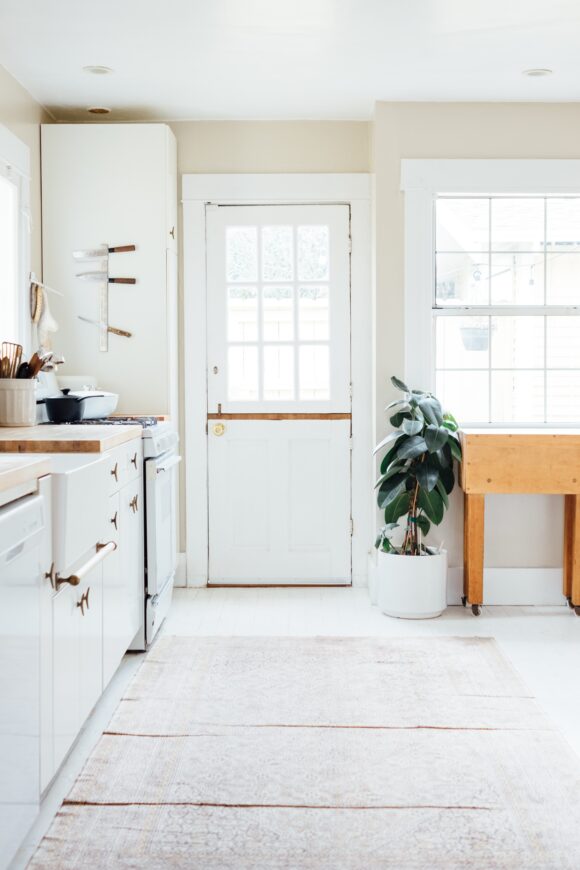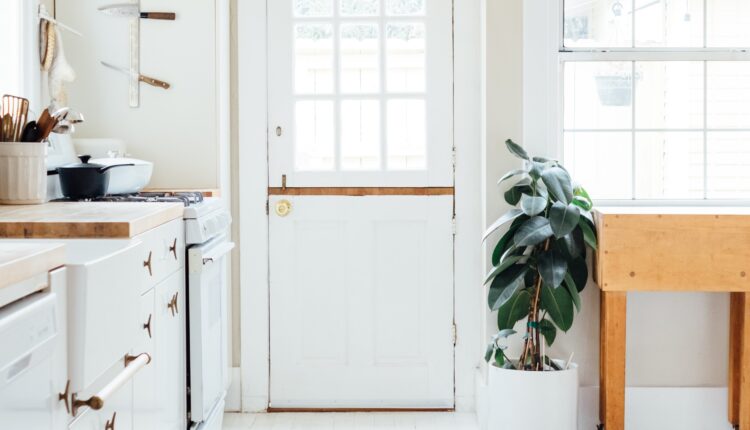Essential Tips for Cat-Proofing Your Home
If you’re a proud cat owner or considering getting a feline friend, it’s essential to create a safe and secure environment for your furry companion. Cat-proofing your home is not only important for their well-being, but it also ensures that your furniture, decorations, and plants remain intact. This article will provide you with some essential tips on how to effectively cat-proof your home, making it a haven for your playful and curious pet.
Choosing Safe Plants
Identify toxic plants
When it comes to creating a safe environment for your feline friend, it’s important to be aware of the plants that could be potentially harmful. Some common houseplants such as lilies, tulips, and aloe vera can be toxic to cats if ingested. Take the time to familiarize yourself with the names and characteristics of toxic plants so you can easily identify and remove them from your home.
Replace toxic plants with safe alternatives
Just because you need to remove toxic plants from your home, doesn’t mean you have to give up having greenery altogether. There are plenty of safe alternatives that not only add beauty to your home but are also non-toxic to cats. Some safe plant options include spider plants, Boston ferns, and catnip. By replacing toxic plants with safe alternatives, you can provide your feline friend with a stimulating and safe environment.
Keep plants out of reach
While replacing toxic plants is a great start, it’s also important to ensure that your furry companion can’t access any plants that may still be toxic. Cats are curious creatures and may try to nibble on leaves or knock over potted plants. Consider placing plants in hanging baskets or using elevated plant stands to keep them out of reach. Alternatively, you can create designated cat-free zones where you can display your favorite plants without worrying about your feline friend’s safety.
Securing Windows and Balconies
Install window screens
Windows are a common point of interest for cats, especially when they provide a view of the outside world. To keep your feline friend safe and prevent any potential accidents, consider installing window screens. Window screens allow you to enjoy fresh air while ensuring that your cat remains safely indoors. Make sure the screens are securely fastened and in good condition to prevent any unexpected mishaps.
Close and lock windows
In addition to using window screens, it’s essential to close and lock your windows when they’re not in use. Cats are known for their agility and curiosity, and an open window can be an irresistible invitation for them to explore the great outdoors. By securely closing and locking your windows, you can eliminate any potential escape routes and minimize the risk of your cat getting into dangerous situations.
Use window stops
To provide an added layer of security, consider using window stops. Window stops allow you to partially open your windows, providing ventilation while still preventing your cat from squeezing through and getting stuck. These simple devices can give you peace of mind knowing that your furry friend can enjoy the fresh air without any risk of accidental escapes.
Secure balconies
If you have a balcony, it’s crucial to ensure that it’s safe and secure for your cat to enjoy. Cats are known for their climbing abilities, and an unsecured balcony can be a significant hazard. Make sure there are no gaps or spaces where your cat can slip through. Consider using netting or enclosures to create a secure outdoor space for your cat, allowing them to soak up some sun and enjoy the fresh air without any risks.

Preventing Access to Small Spaces
Close off crawlspaces
Small spaces such as crawlspaces can be enticing for cats to explore, but they can also be dangerous. Cats may find their way into these tight areas and get trapped or injured. To prevent access to crawlspaces, ensure that they are securely closed off and not accessible to your cat. Use sturdy barriers or covers to seal off any potential hiding spots and keep your furry friend safe.
Seal off gaps in walls and furniture
Cats are notorious for their ability to squeeze into tight spaces. To minimize the risk of your cat getting stuck or injured, carefully inspect your walls, furniture, and other areas where there may be gaps or openings. Seal off any potential entry points to prevent your furry friend from getting into situations they can’t easily escape from. By taking these proactive measures, you can ensure your cat’s safety and prevent any potential accidents.
Use childproof latches on cabinets
Cats are naturally curious and may attempt to explore cabinets and drawers. However, some cabinets may contain cleaning products or other hazardous substances that could harm your cat if ingested. To keep your furry friend safe, use childproof latches on cabinets to prevent them from being opened. This will restrict access to potentially dangerous items and provide you with peace of mind knowing your cat is protected.
Keeping Electrical Cords Safe
Tuck away loose cords
Electrical cords can be a potential hazard for cats, as they may chew on them or play with them, risking electrocution or injury. To minimize this risk, make sure to tuck away any loose cords and secure them out of your cat’s reach. Bundle cords together using cord ties or clips, and position them behind furniture or along walls to keep them hidden and inaccessible to your curious feline.
Use cord covers
For cords that cannot be hidden, such as those connected to lamps or appliances, consider using cord covers. Cord covers are plastic tubes or sleeves that encase cords, providing a physical barrier between your cat and the cords. This protective measure can help prevent your furry friend from chewing or playing with cords, reducing the risk of accidents.
Protect cords with bitter-tasting sprays
If your cat has a persistent habit of chewing on cords despite your efforts to keep them out of reach, you can use bitter-tasting sprays specifically designed to deter pets from chewing. These sprays have a strong, unpleasant taste that discourages cats from nibbling on the cords. However, it’s crucial to ensure that the spray you choose is safe for your cat, as some formulations may not be suitable for feline companions.

Avoiding Toxic Chemicals
Store cleaning products securely
Cleaning products can contain toxic chemicals that can pose serious risks to your cat if ingested. Ensure that all cleaning products are stored securely in cabinets or areas that are inaccessible to your cat. Consider using latches or locks on cabinets to prevent your curious feline from accidentally accessing these potentially harmful substances. It’s always better to be safe than sorry when it comes to the well-being of your furry friend.
Use pet-safe cleaning products
When cleaning your home, opt for pet-safe cleaning products to minimize any potential harm to your cat. There are many pet-friendly alternatives available on the market that use natural ingredients and do not contain harmful chemicals. These products allow you to maintain a clean and fresh living environment while prioritizing your cat’s safety.
Be cautious with essential oils
While essential oils may provide therapeutic benefits for humans, some oils can be harmful or toxic to cats. Certain essential oils, such as tea tree oil or citrus oils, can cause adverse reactions or even be lethal if ingested or applied directly to your cat’s skin. It’s crucial to research and understand which essential oils are safe for use around cats. Always consult with a veterinarian before using any essential oils in your home to ensure the well-being of your feline companion.
Storing Hazardous Items
Secure household chemicals
In addition to cleaning products, many other household items contain hazardous chemicals that can be harmful to cats. These include pesticides, automotive fluids, and fertilizers. Always store these items securely and out of your cat’s reach. Consider using lockable cabinets or placing them in high, inaccessible areas to prevent accidental exposure or ingestion.
Keep medications in closed cabinets
Medications, whether prescription or over-the-counter, can present dangers to cats if ingested. Ensure that all medications are stored in closed cabinets and are inaccessible to your feline friend. It’s essential to be vigilant not just with your own medications but also with visitors’ medications, as they may pose a threat if left within your cat’s reach.
Store small objects in containers
Cats are attracted to small objects that may resemble toys, but they can also pose a choking hazard. To prevent your furry friend from swallowing or playing with small objects, such as buttons, coins, or jewelry, store them in containers or keep them in areas that are impossible for your cat to access. By taking these precautions, you can ensure your cat’s safety and avoid potential emergencies.

Protecting Breakable Items
Anchor or secure fragile items
Cats are known for their playful and energetic nature, which can sometimes result in accidental bumps or knocks to fragile items around your home. To prevent breakages and potential injuries, anchor or secure fragile items such as vases, picture frames, or dishes. Using adhesive putty or museum wax can help keep these items in place, providing both aesthetic appeal and safety.
Store valuable items out of reach
In addition to fragile items, it’s important to keep valuable items out of your cat’s reach. Precious heirlooms, delicate decorations, or expensive electronics may not only be at risk of damage but could also pose dangers if chewed or ingested by your curious feline. Consider displaying valuable items in safe, inaccessible areas or using display cases or shelves that are securely anchored to the wall.
Use break-resistant materials
Another effective way to protect your belongings is to opt for break-resistant materials. For example, choosing shatterproof glass for picture frames or unbreakable ceramic dishes can significantly reduce the risk of damage if accidentally knocked over by your cat. By using these safer alternatives, you can enjoy the company of your furry friend without worrying about the safety of your possessions.
Creating Safe Zones
Designate cat-friendly spaces
Cats need their own spaces to feel safe and secure. Designate specific areas of your home as cat-friendly spaces where your furry friend can relax, play, and feel at ease. These spaces can include cozy cat beds, scratching posts, and interactive toys. By providing your cat with their own dedicated areas, you can help minimize any potential mischief in other parts of your home.
Provide vertical spaces for cats
Cats are natural climbers and enjoy being in elevated positions. To satisfy their climbing instincts and keep them entertained, create vertical spaces in your home. Install cat shelves, wall-mounted perches, or tall cat trees that allow your feline friend to climb, perch, and observe their surroundings from a safe vantage point. Vertical spaces not only provide entertainment but also promote exercise and mental stimulation for your cat.
Use baby gates to restrict access
In some cases, you may need to restrict your cat’s access to certain areas of your home, such as rooms with fragile items or potentially dangerous spaces. Baby gates can serve as a practical solution to create boundaries and keep your cat out of restricted areas. Choose gates that are securely installed and tall enough to prevent your agile cat from jumping over them. This way, you can create safe zones and maintain peace of mind knowing that your cat is protected from potential hazards.
Managing Cords and Window Blinds
Use cord organizers
Cords, particularly those from blinds or curtains, can present a tangling hazard for cats. To maintain a safe environment, utilize cord organizers to prevent your curious feline from playing with or getting tangled in them. Cord organizers can be clips, covers, or even simple ties that neatly hold cords together and keep them out of your cat’s reach.
Tie up cords out of reach
For cords that cannot be hidden or organized, it’s important to tie them up and secure them out of your cat’s reach. Use cable ties or Velcro straps to bundle cords together and fasten them to furniture legs or secure them to walls. By taking this simple step, you can prevent your cat from becoming entangled or accidentally tripping over loose cords.
Replace blinds with cat-safe options
Traditional blinds with long cords pose a potential strangulation hazard for cats. Consider replacing them with cat-safe alternatives such as cordless blinds or curtains. These options eliminate the risk of your cat getting tangled or injured in cords, providing you with peace of mind and ensuring your cat’s safety.
Keeping Countertops and Tables Clear
Remove tempting items from surfaces
Countertops and tables can be enticing for cats, especially when they’re covered with tempting items such as food, plants, or small objects. To discourage your furry friend from jumping onto these surfaces, make sure to remove any items that may attract their attention. Store food securely, move plants to designated safe areas, and keep small objects out of reach. By keeping countertops and tables clear, you can prevent potential accidents and maintain a safe environment for your cat.
Use double-sided tape
Cats often dislike the feel of sticky surfaces on their paws, making double-sided tape an effective deterrent for keeping them off countertops and tables. Apply double-sided tape to the edges of these surfaces, and your cat will be less inclined to jump on them. Over time, your feline friend will learn that these areas are off-limits, and you can gradually remove the tape.
Provide alternative elevated surfaces
If your cat enjoys being in high places and you’re comfortable with them accessing certain elevated surfaces, provide alternative options that are safe and approved for their use. Install cat shelves or provide cozy cat perches in designated areas where they can enjoy bird-watching or simply relax. By offering suitable alternatives, you can redirect your cat’s attention away from countertops and tables, ensuring their safety while satisfying their natural instincts.
Cat-proofing your home is an essential step in creating a safe and secure environment for your feline companion. By identifying toxic plants, securing windows and balconies, preventing access to small spaces, keeping electrical cords safe, avoiding toxic chemicals, storing hazardous items securely, protecting breakable items, creating safe zones, managing cords and window blinds, keeping countertops and tables clear, you can ensure your cat’s well-being and provide them with a space where they can thrive. Remember, your furry friend relies on you to create a home that is both comfortable and safe, so take the necessary precautions to cat-proof your home today!


